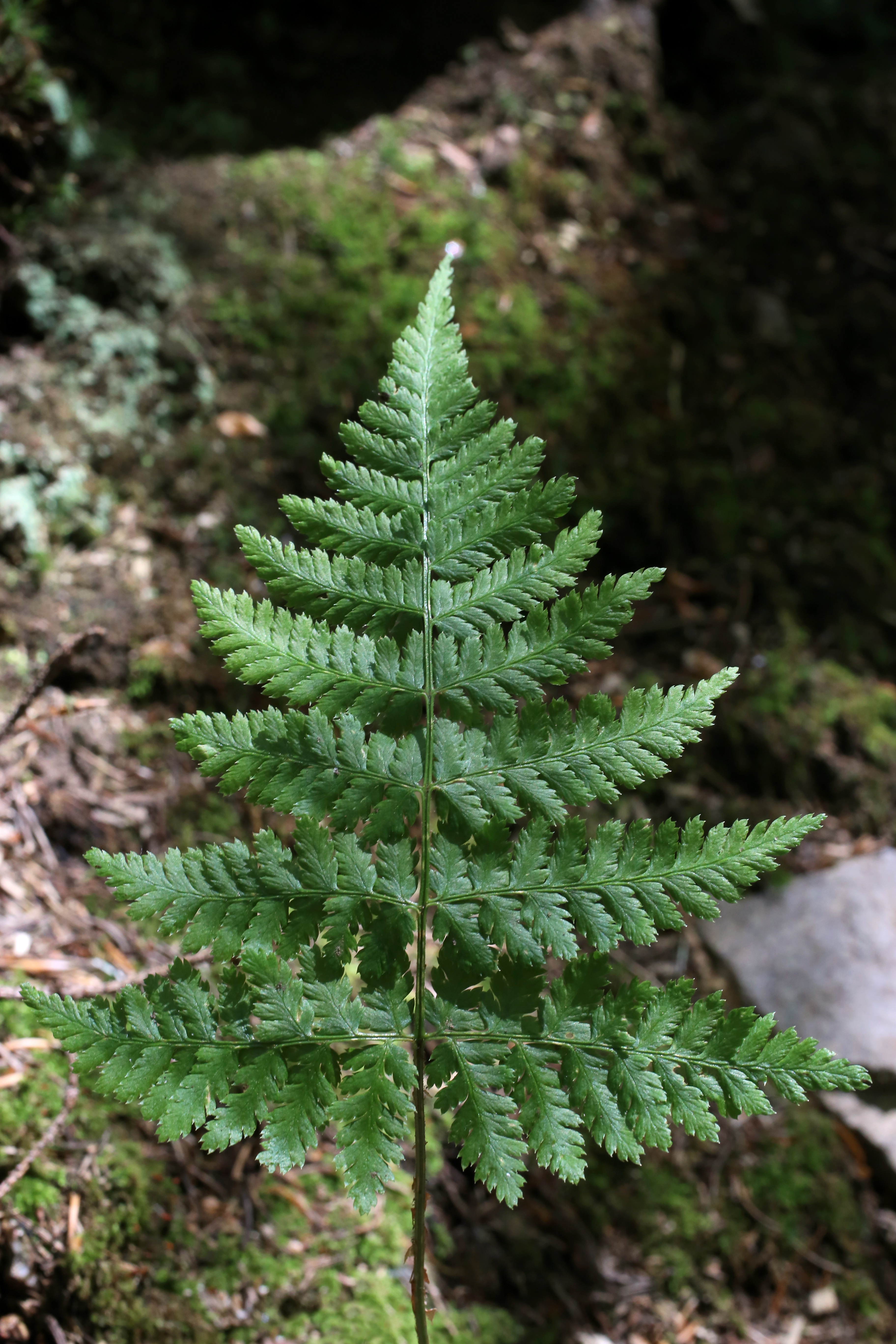Spreading Woodfern; Alpine buckler fern
(Dryopteris expansa)

Description
Dryopteris expansa, the alpine buckler fern, northern buckler-fern or spreading wood fern, is a species of fern native to cool temperate and subarctic regions of the Northern Hemisphere, south at high altitudes in mountains to Spain and Greece in southern Europe, to Japan in eastern Asia, and to central California in North America. The species was first described from Germany. It prefers cool, moist mixed or evergreen forests and rock crevices on alpine slopes, often growing on rotting logs and tree stumps and rocky slopes. It is characteristically riparian in nature, and is especially associated with stream banks. It has a stout, woody, creeping or ascending stock with large, green lacy fronds typically 10–60 cm (4–24 in) and rarely 90 cm (35 in) long. The deltate fronds are bipinnate at the base, pinnate toward the apex. The rhizome is erect or ascending, often producing offshoots. Sori occur medially on the underside of the pinnae. Propagation is by spores and vegetatively by division of the rhizome. The species name of this fern, expansa, is from the Latin expando, meaning "to spread out, spread apart, to expand". Other common names include northern wood fern, arching wood fern, spiny wood fern and crested wood fern. The root contains filicin, a substance that paralyses tapeworms and other internal parasites and has been used in herbal medicine as a worm expellent. Dryopteris ommonly called the wood ferns, male ferns (referring in particular to Dryopteris filix-mas), or buckler ferns, is a fern genus in the family Dryopteridaceae, subfamily Dryopteridoideae, according to the Pteridophyte Phylogeny Group classification of 2016 (PPG I). There are about 300-400 species in the genus. The species are distributed in Asia, the Americas, Europe, Africa, and the Pacific islands, with the highest diversity in eastern Asia. It is placed in the family Dryopteridaceae, subfamily Dryopteridoideae, according to the Pteridophyte Phylogeny Group classification of 2016 (PPG I). Many of the species have stout, slowly creeping rootstocks that form a crown, with a vase-like ring of fronds. The sori are round, with a peltate indusium. The stipes have prominent scales. Hybridization and polyploidy are well-known phenomena in this group, with many species formed via these processes. The North American Dryopteris hybrid complex is a well-known example of speciation via allopolyploid hybridization.
Taxonomic tree:







